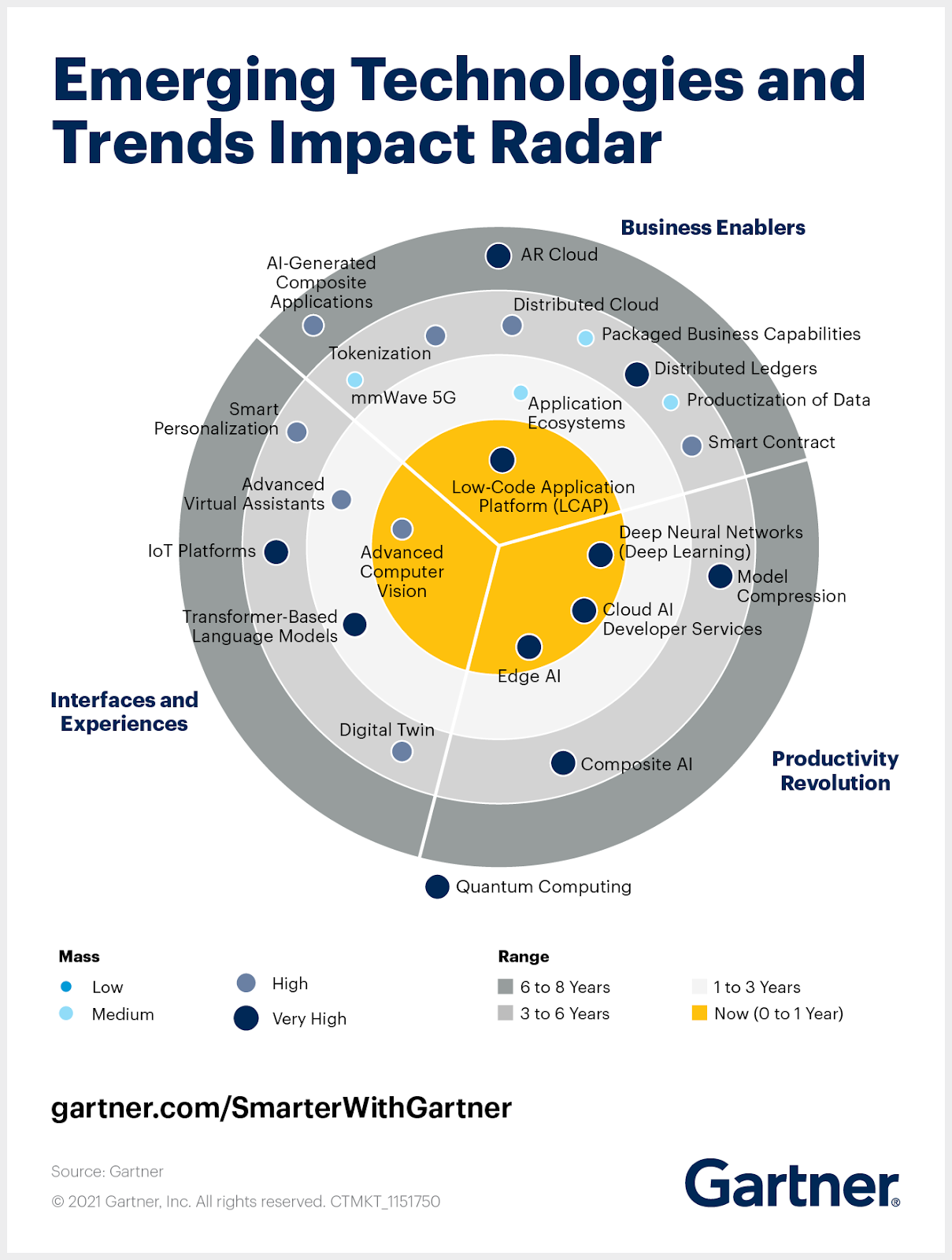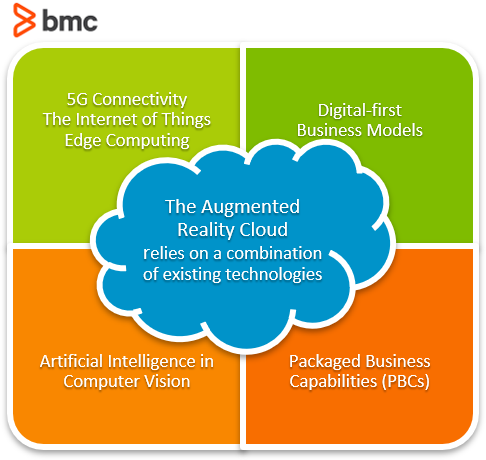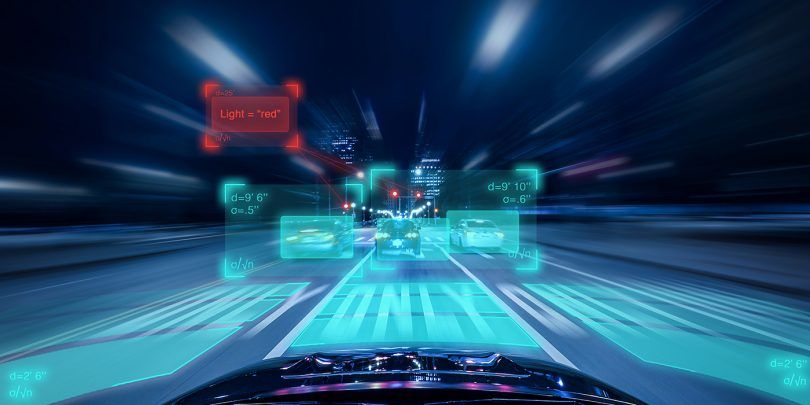In 2017, Apple CEO Tim Cook made a bold claim:
Augmented Reality is going to change the way we use technology forever.
Since then, augmented reality (AR) has promised much hype and gained popularity in the consumer electronics segment. Consider the following stats:
- The AR industry is set to reach the $50 billion mark by the year 2024.
- 71% of consumers believe they will shop offline more often using AR technologies.
- By 2022, a majority of the AR userbase will come from the entertainment and gaming industry (43%), but critical services including healthcare (15%) and engineering (14%) are catching up fast.
The pace of adoption is accelerating across industries. AR is no longer considered an emerging technology, at least according to the Gartner Hype Cycle. AR disappeared from the latest iteration of the Gartner Hypercycle since it’s no longer “emerging”—instead it’s evolved into a maturing technology that’s critical to the inevitable proliferation of multi-experience platforms. In fact, Gartner predicts that AR will already be deployed in one-third of all enterprises by the end of 2021.

The next generation of emerging AR technologies takes the concept of augmented reality further, delivering an immersive user experience within the unified physical and digital worlds. This is called AR Cloud. Gartner predicts it will be among the top four most impactful emerging technologies for the year 2021.
Let’s take a look.
What’s the Augmented Reality cloud?
Pretend that you’re visiting a new city. You want to explore the surrounding restaurants and try delicacies that are unique to the region. You could grab your phone and browse for ratings and reviews for every single restaurant in your sight, look at each menu and the pictures of their dishes, trying to decide which is the best.
But, all that work is a bit of a hassle.
Now imagine that you could find all this information overlaid digitally beside every restaurant in your sight, in the form of augmented reality. You put on your glasses, walk down the street, use a voice assistant to request restaurant reviews, and find the best reviewed restaurant—all with barely a glimpse at it.
You walk toward it, look at the menu, book a table, and place your order before you’ve even reached the destination.
By the time you reach your table, a whole integrated set of technologies and services have empowered you with the best dining experience based on crowdsourced information and digital services. This is the concept of AR Cloud.
AR Cloud is the term for technology that enables the delivery of user-centric contextual digital content augmented over physical objects on devices like phones, headsets, or head-mounted display (HMD). It takes advantage of existing digital and connectivity technologies, including:
- Mobile technology
- 5G telecommunications services
- Edge computing
How the AR cloud works
AR cloud provides an abstracted medium for physical spaces, objects, and humans where digital content and experiences can be tailored for every user. The seamless and ubiquitous delivery of relevant information overlaid on such an abstraction layer will enable consumers to make well-informed decisions for shopping and navigation, among other use cases.
While dedicated AR solutions for engineering, manufacturing, and healthcare industries are widely adopted, AR experiences for the wider consumer user base are not yet available at scale. AR Cloud is set to change this trend and Gartner expects the technology to hit the market within the next 6-8 years.
AR Cloud is more than just a technology. It centers around user enablement and seamless experiences using new technologies, business models, and services. The first generation of AR technologies have largely been purpose-built for the entertainment and gaming audience.

Today, though, the AR Cloud has emerged as an amalgamation of existing technologies and processes, including:
- 5G Connectivity, IoT & Edge Computing. Gigabit connectivity is critical to deliver data closer to the intelligent edge of the network where most of the computation and data processing must take place.
- Digital-first business models. Business organizations in the retail industry will have to adapt their business models and incorporate augmented reality capabilities to their services. A seamless digital customer journey will be key to deliver a ubiquitous experience in the digital and physical world.
- Artificial Intelligence in Computer Vision. Data-intensive computation and delivery of AR overlays will require advanced and efficient models, paving the way for the concepts of Advanced Computer Vision and Digital Twins, two of the most promising emerging technology trends according to Gartner.
- Packaged Business Capabilities (PBC). Well-defined capabilities delivered via software components to realize a specific business function. PBC includes the data schema, APIs, event channels, and services that can help deliver a business functionality without external dependencies.
AR cloud vendors
No vendors currently offer “AR cloud” as a comprehensive solution since, at least for now, it’s a combination of many different technologies.
The future is the AR cloud?
While there’s immense opportunity for the AR Cloud, It’s too soon to say whether and how the technology will take off.
Related reading
- BMC Multi-Cloud Blog
- What Is The Internet of Behaviors? IoB Explained
- Mobile Device Management (MDM): An Introduction
- Gartner’s AI Maturity Model: How AI Can Work for You
These postings are my own and do not necessarily represent BMC's position, strategies, or opinion.
See an error or have a suggestion? Please let us know by emailing blogs@bmc.com.






